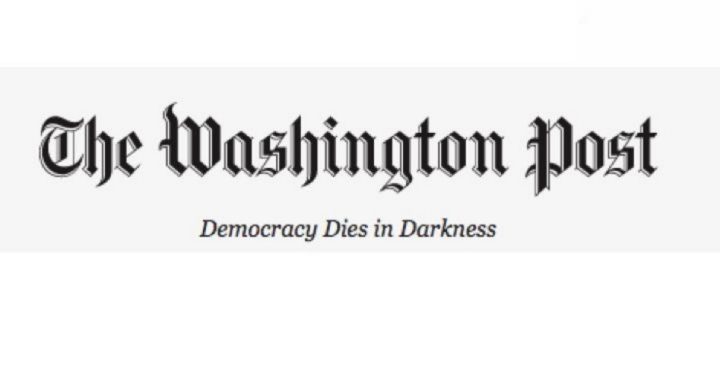
Michelle Ye Hee Lee, a fact-checker for the Washington Post, has mostly sided with President Trump’s aide, senior policy advisor Stephen Miller in a recent dust-up with CNN correspondent Jim Acosta.
The debate over immigration policy occurred on August 2 during a White House briefing. Asked by a reader as to who was right on the facts in the contentious exchange, Lee responded this week. Her verdict was sort of a split-decision, giving the nod mostly to Miller.
In the original exchange, Acosta challenged administration immigration policy. “What you’re proposing, or what the president’s proposing, here, does not sound like it’s in keeping with American tradition when it comes to immigration. The Statue of Liberty says: ‘Give me your tired, your poor, your huddled masses yearning to breathe free.’ It doesn’t say anything about speaking English or being able to be a computer programmer. Aren’t you trying to change what it means to be an immigrant coming into this country, if you’re telling them, ‘You have to speak English’? Can’t people learn to speak English when they get here?”
Acosta’s remarks are in line with what a majority of Americans think about the Statue of Liberty, but they are historically inaccurate. The Statue of Liberty had nothing to do with immigration.
Miller offered to educate Acosta on his misconceptions. “Well, first of all, right now it’s a requirement that to be naturalized, you have to speak English. So, the notion that speaking English wouldn’t be part of immigration systems would be, actually, very ahistorical.”
“Secondly … the Statue of Liberty is a symbol of liberty enlightening the world. It’s a symbol of American liberty enlightening the world. The poem that you’re referring to was added later. It’s not actually part of the original Statue of Liberty.”
Lee admitted that Miller “is correct that English proficiency currently is a requirement for naturalization,” although she does note that some exemptions exist.
She contended, “Neither got it quite right about the Statue of Liberty. The statue, indeed, was a gift from France as a symbol enlightening the world — not about immigration.” Lee wrote that Acosta’s quote about “huddled masses” was from the sonnet “The New Colossus,” which was not even engraved on a plaque at the base of the statue until 16 years later.
The poem was part of a fundraising effort to build a pedestal for the statue. Lee then cited a biographer of the poem’s author, Emma Lazarus, who argued, “Emma Lazarus was the first American to make any sense of this statue.”
Really? No one before Emma Lazarus had any idea what a statue of liberty would mean? The statue, dedicated in 1886, of a woman representing Libertas, the Roman goddess, was a gift from the people of France. America had long been a beacon of liberty to the world, and French sculptor Frederic Auguste Bartholdi believed a Statue of Liberty (not a Statue of Immigration) would appropriately be a joint project of France and America, because of the aid France had given to the United States in the Revolutionary War.
The reason that the statue eventually came to be associated with immigration is that so many of the flood of immigrants from Europe during the first few decades after its unveiling would sail past it into New York City, the country’s most-used harbor. The statue stands on what is now called Liberty Island. Close by is Ellis Island, where so many immigrants desirous of becoming Americans were processed in the last two decades of the 19th century and the first two decades of the 20th century.
Often left unsaid in the debate over immigration is the ramifications to the liberty represented by the statue in New York Harbor. There is no doubt that many immigrants who come to our country come here out of a desire to live in a free country. Others come, no doubt, hearing that there is much in the country that is free — from the government. But the bigger issue is that as America becomes increasingly divided along ethnic lines, the ideal of a United States of America becomes increasingly more difficult to achieve. A union of America with other nations becomes increasingly easier to achieve if a large number of residents simply have no allegiance to the United States and the constitutional Republic we have long enjoyed.
Historian Tom Woods addressed this issue. “A facile advocacy of open borders gives the central state exactly what it wants; the chance to supersede the preferences of property owners, and to provide the pretext for further encroachments on local and individual liberty.”
Unfortunately, in the debate between the Trump administration and its critics on the issue of immigration, this issue is hardly ever mentioned, even though it is the most important consideration in the debate.
Image: Screenshot of Washington Post website



